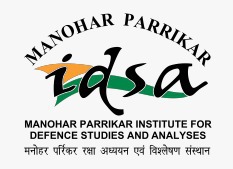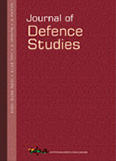Birth of UNLFWSEA: Internal Dynamics and Implications for India’s North-East
A distinctive feature of insurgency in India’s North-East and neighbouring Myanmar has been the tendency among rebel groups to form alliances. Cooperation is deemed advantageous in a hostile terrain, against a powerful and better organised enemy. Several coalitions were formed in Myanmar by the separatist insurgent outfits with well-defined objectives which, however, failed to produce any significant impact on the campaign for independence of the region.
- Rajeev Bhattacharyya |
- October 2015 |
- Journal of Defence Studies




